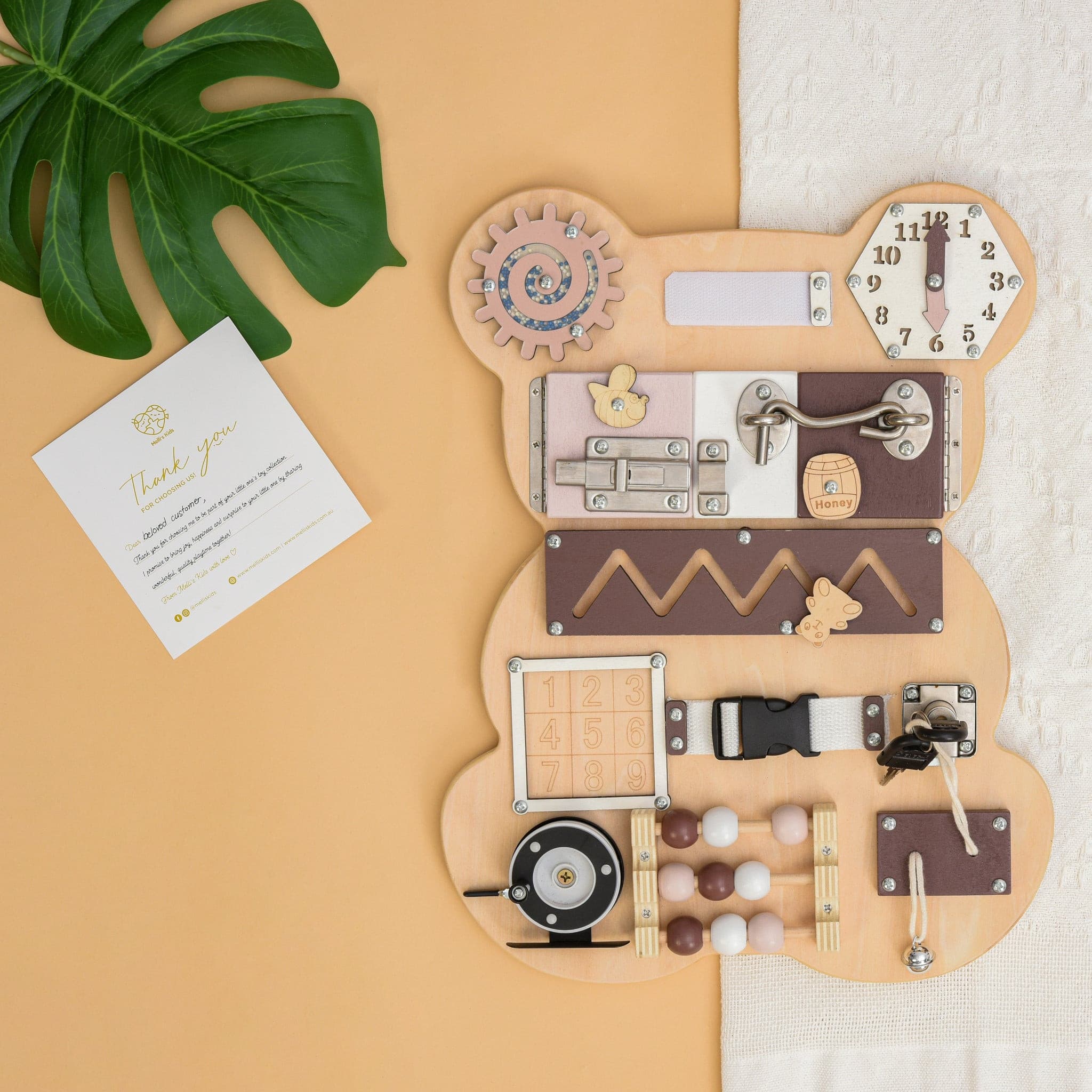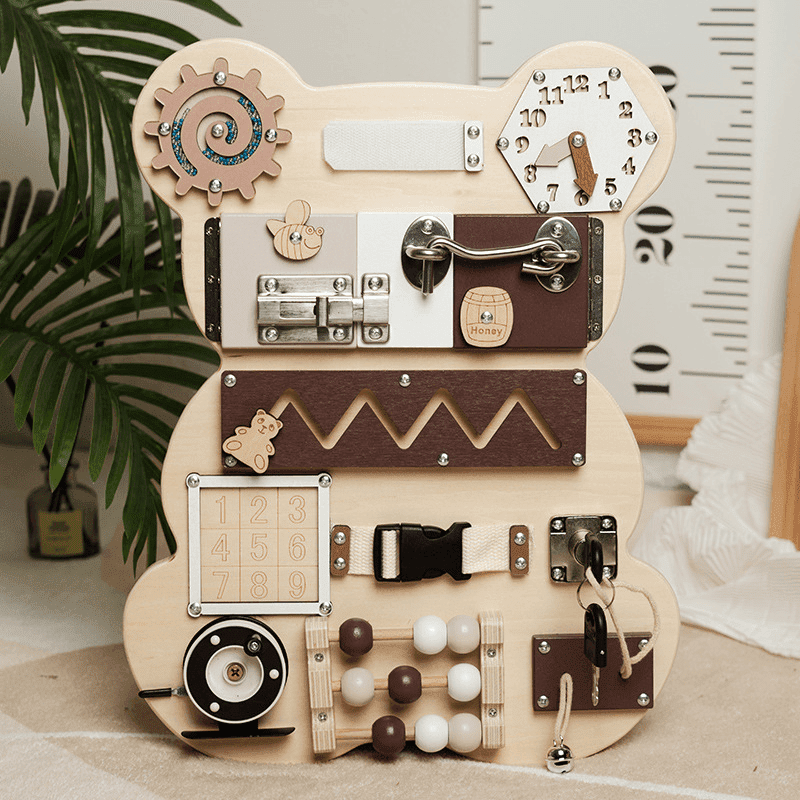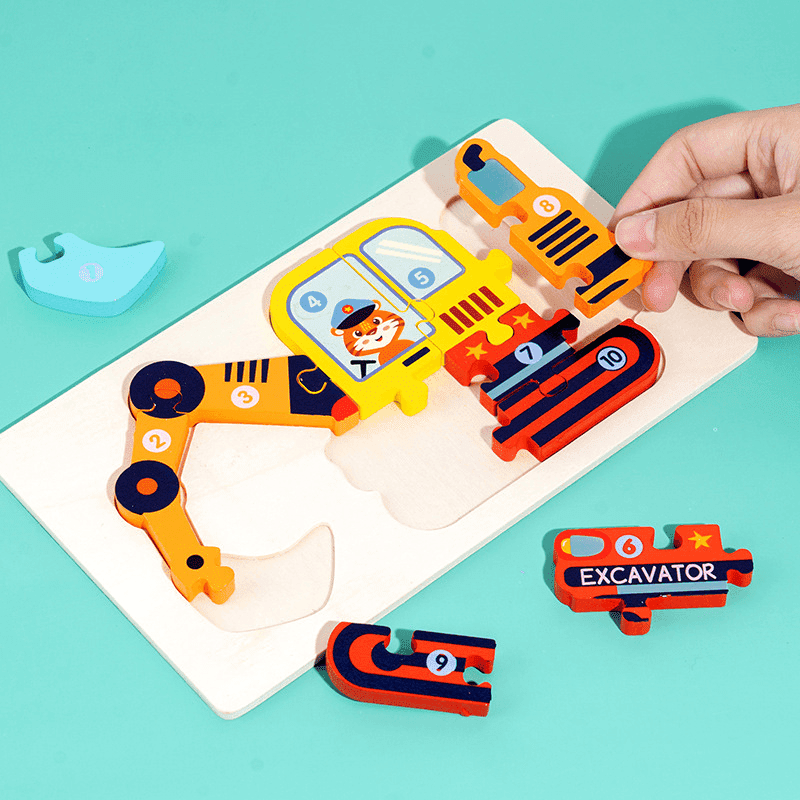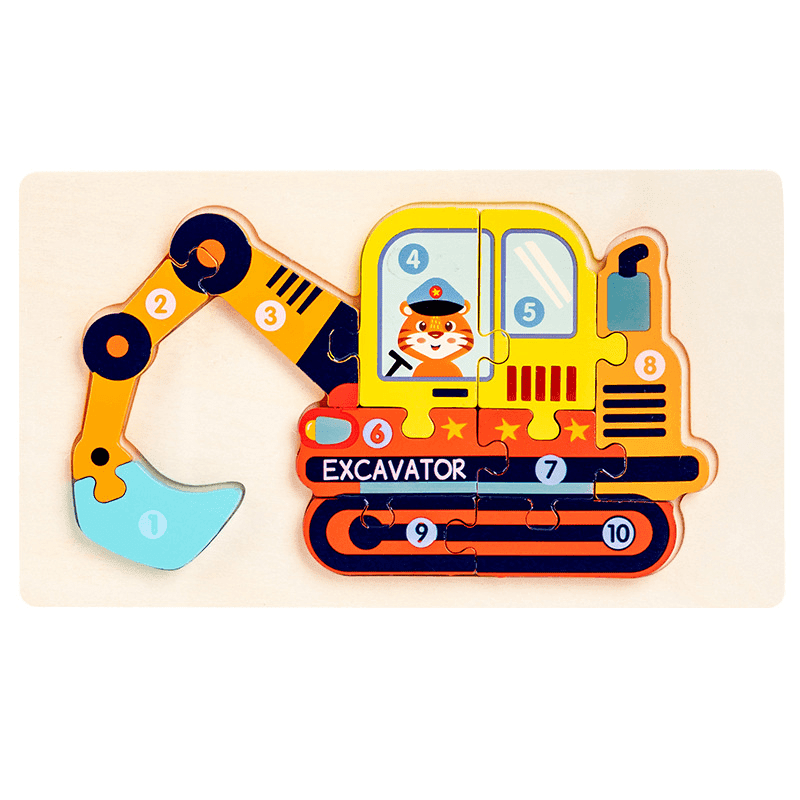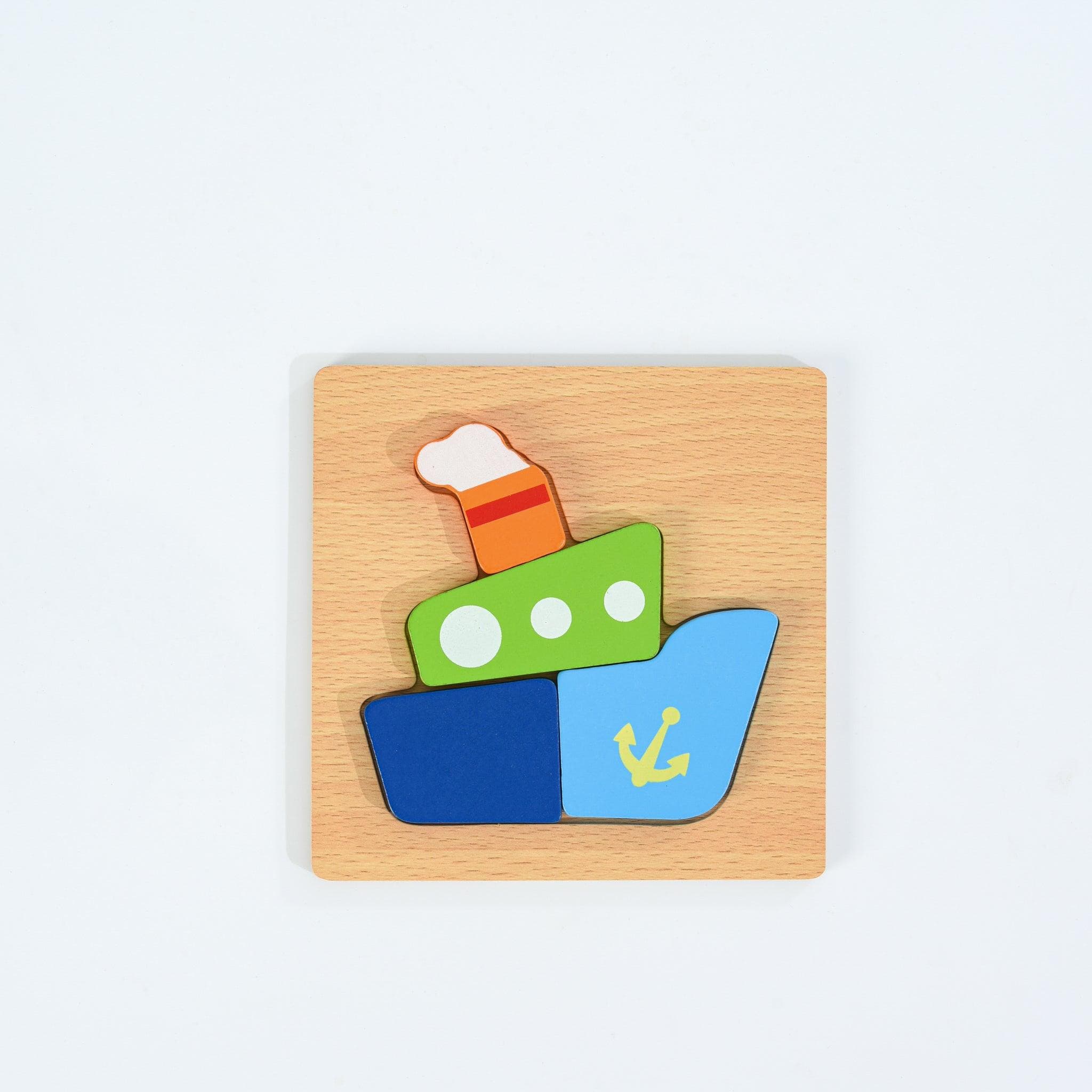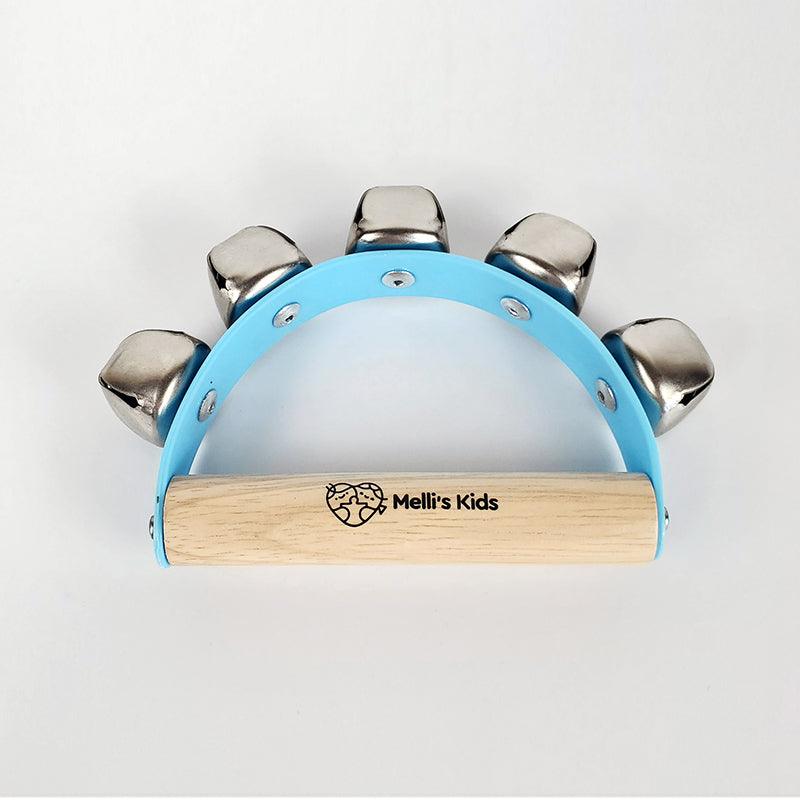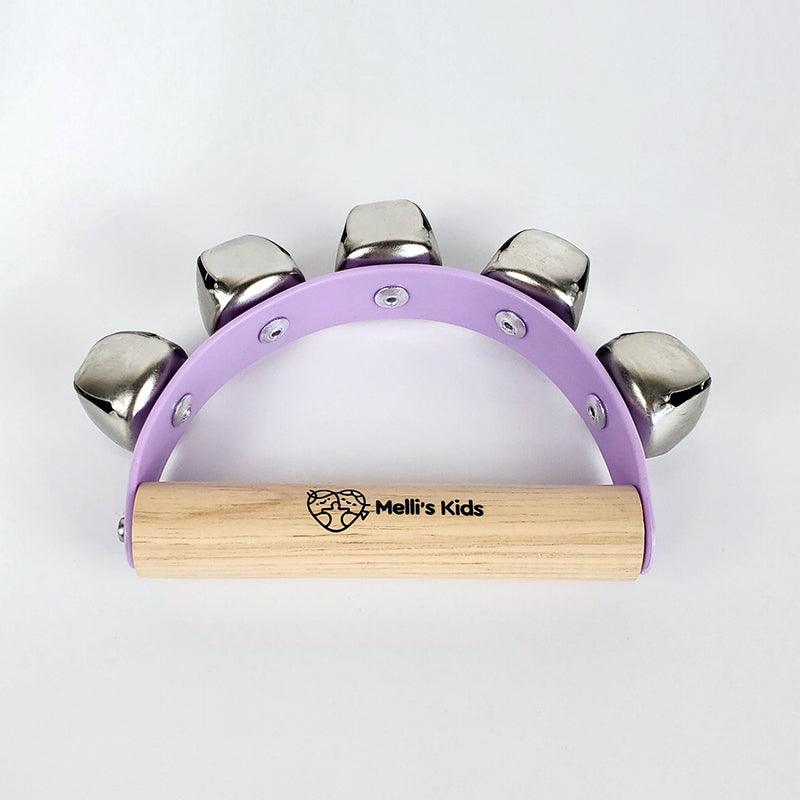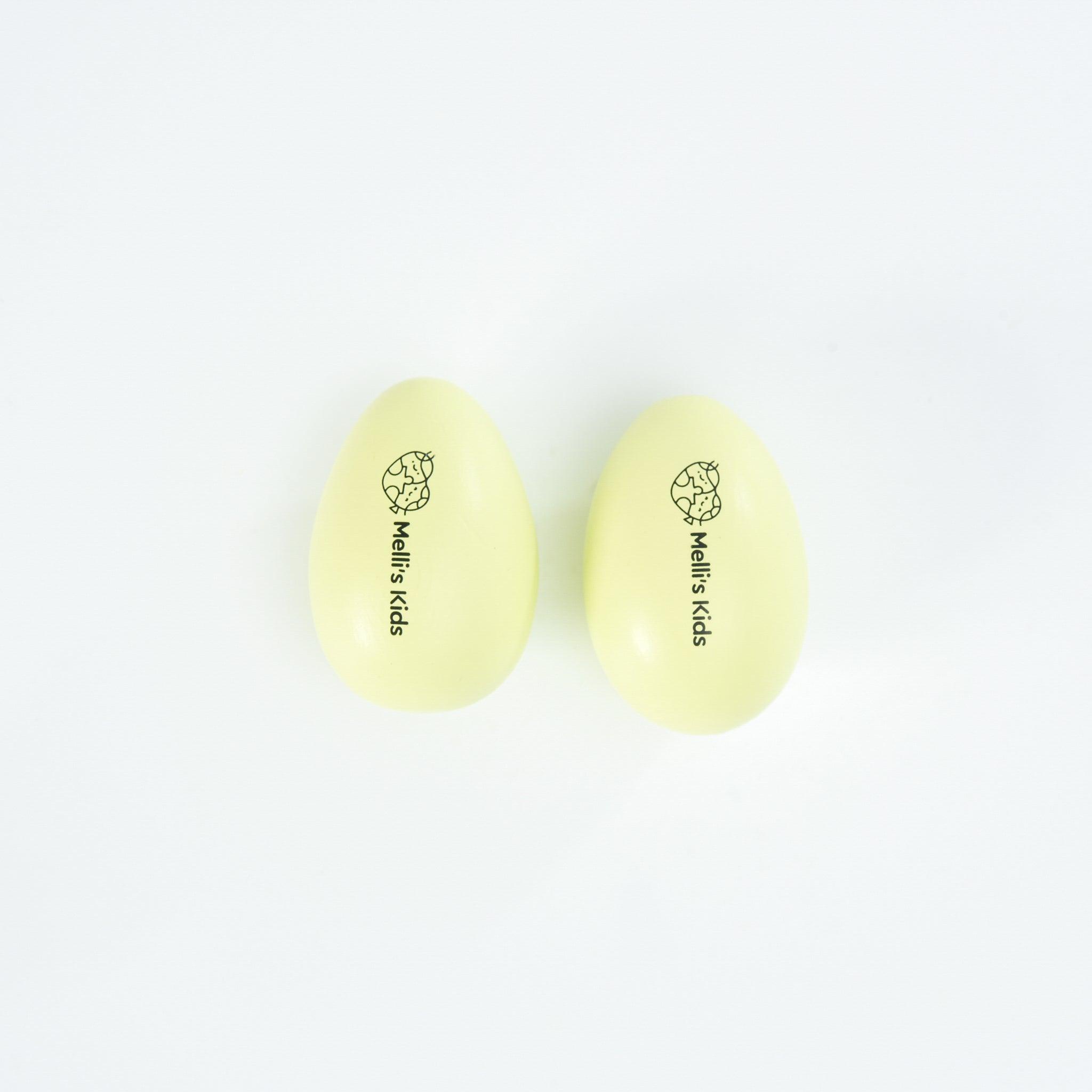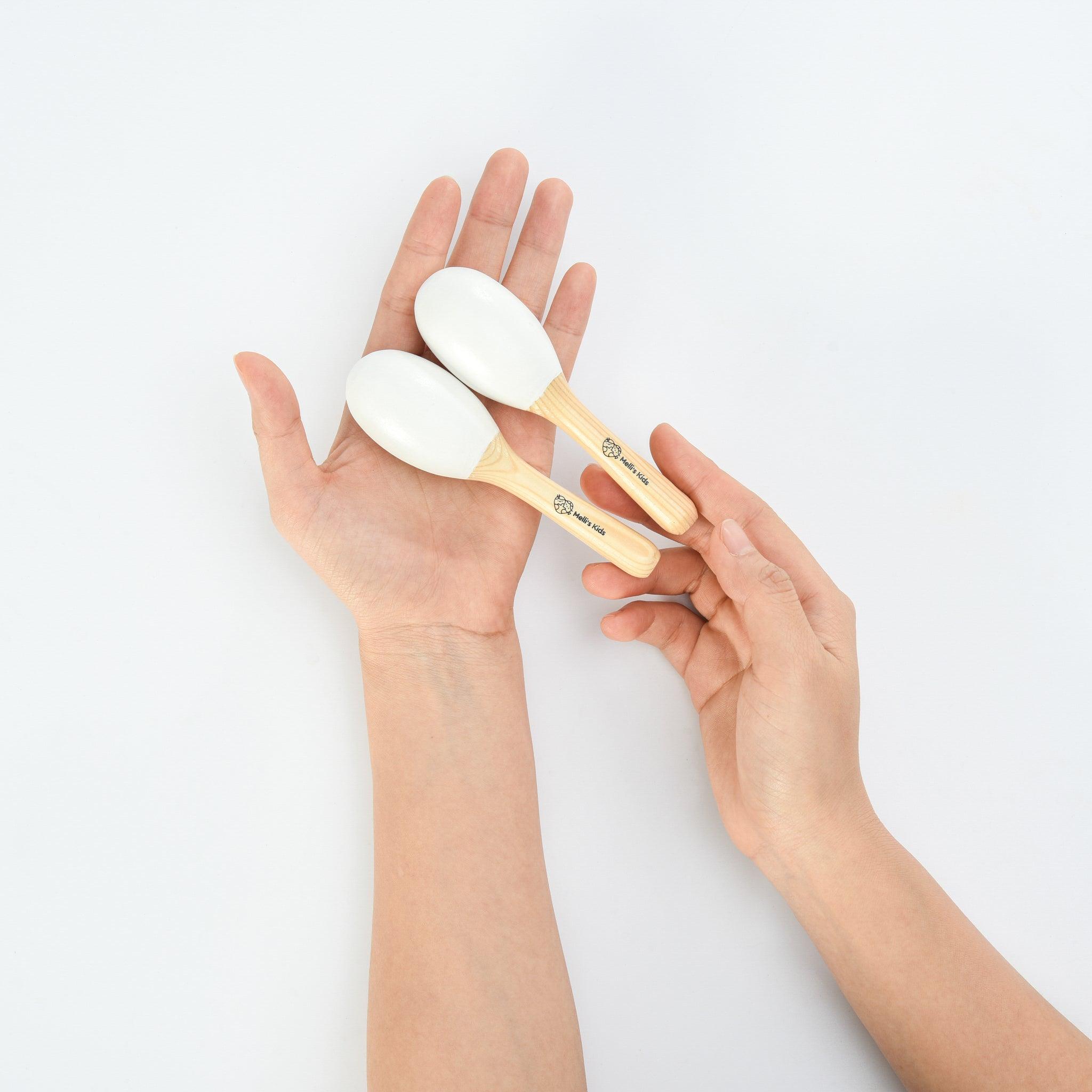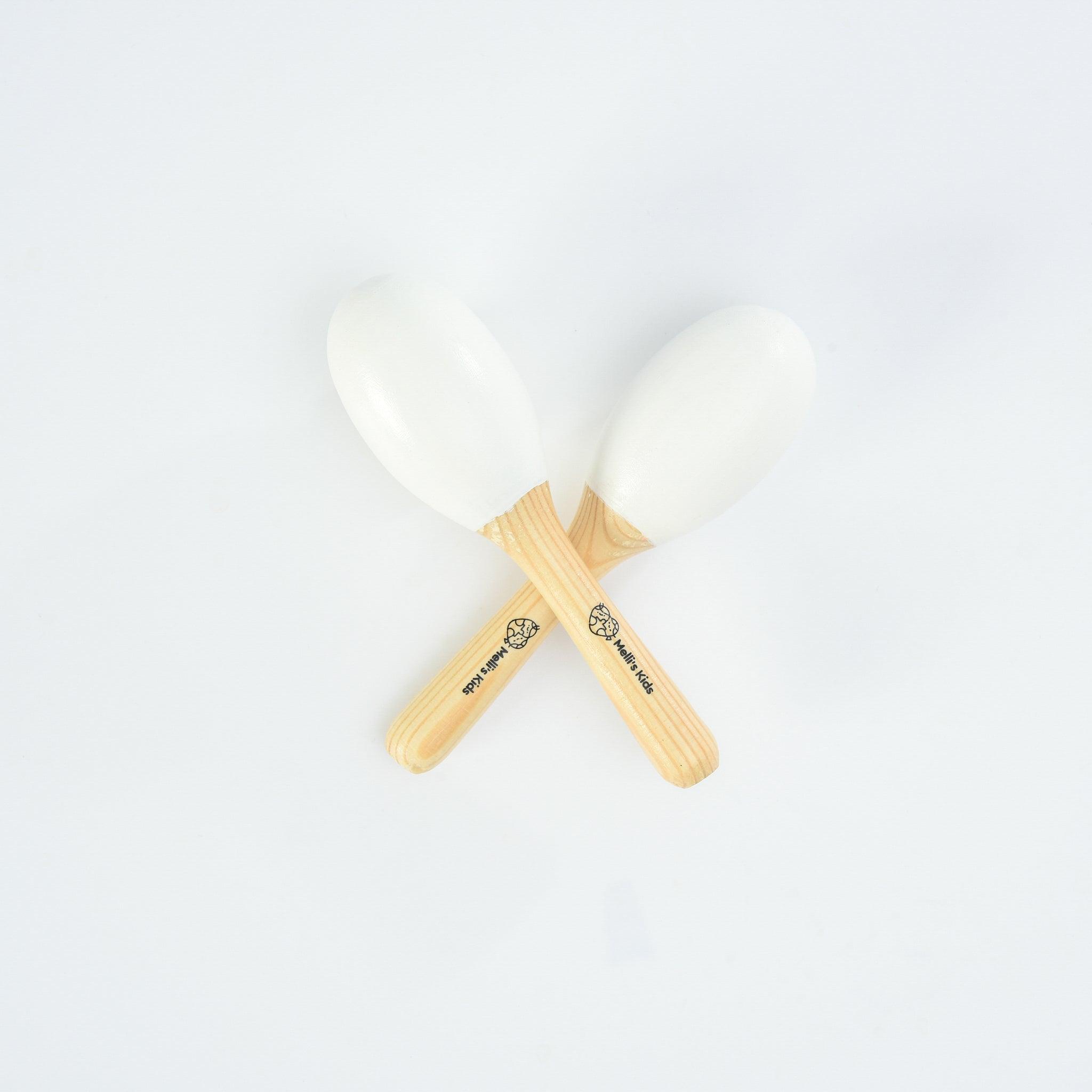7 developmental stages of block play
The way children play with blocks will change over time as they extend their knowledge and understanding of the world around them. Knowing these stages of block play allows you to better understand your children so that you can support their learning and development by providing what they need to move to the next step.
Block Play Stage 1 – Discovery/Carrying

You will see this first stage in babies and toddlers. At this stage, children learn about the blocks and experiment with what they can do with them. They explore the blocks using their senses. Don’t be surprised if you see babies picking up or dropping off the blocks or hitting them together to make sounds. They may even examine the blocks closely by mounting them. Yes! Babies like to taste/chew anything. That’s one of the reasons why you should consider choosing wooden toys for your baby instead of plastic. When they are older, you might see toddlers carry the blocks from place to place. They like to pile the blocks up and enjoy the process of knocking them down rather than building or constructing.
Block Play Stage 2 – Stacking

In the second stage, young toddlers start building blocks and basic constructions. They like to make horizontal and vertical towers and rows of blocks. Young toddlers in this stage are learning about cause and effect and they will repeat patterns until they are able to move to the next step of block play.
Children can usually build:
- A tower with 2-3 blocks between 15-18 months.
- A tower with 4-6 blocks between 18-24 months.
- A tower with over 7 blocks from age 2 and a half
Block Play Stage 3 – Bridging
Children at this stage can usually build simple, 3-block bridges from the age of 3. Most children between 3 and 4 years old begin to fully experiment with block building and construction by trial and error.
Block Play Stage 4 – Enclosures
In this stage, children around age 4 begin to move from building bridges to creating simple enclosures. They are able to make a close circuit with blocks and expand their block constructions. Children at this stage need to develop their problem solving and spatial awareness skills to construct complex bridges and enclosures.
Block Play Stage 5 – Symmetry and Patterns
In this stage, children between the ages of 4 and 5 begin to build structures that include symmetry, patterns, balance, and sometimes decorative features. You will observe their imagination and creativity growing markedly at this stage of block play. As they are developing foundational mathematical and scientific skills, such as sorting and matching the blocks, you can consider adding a selection of loose parts like wooden loose parts toys to their playroom to arouse their interests and support their learning.
Block Play Stage 6 – Constructing and Naming
In this stage, children from 5 years+ start to name their structures and you will see more symbolic play. Unlike the previous stage when they may classify their structures randomly, children at this stage seem much more intentional with their structures and they usually name their constructions based on the function of the building.
Block Play Stage 7 – Planning and Building Constructions

At about school age (5 years+), children may work together cooperatively or individually. Children at this stage are able to build more complex buildings with elaborate details. They are able to make plans and decisions before they start. Block play in this stage stimulates imaginative play so you may see them involved in dramatic play with their structures.
In this article, Melli's Kids lists out the seven stages of block play. Though not always, children frequently move through these phases in order. You might observe kids switching back and forth between the phases after they have mastered one.
And don't forget, block play gives you the chance to get on the floor with your child and discover all the different kinds of kid-sized blocks. Play with blocks to have fun and foster a child's imagination.

